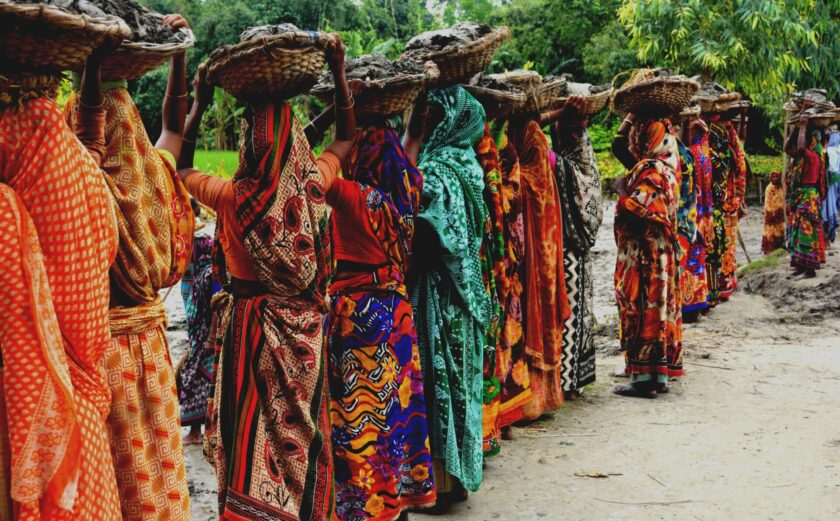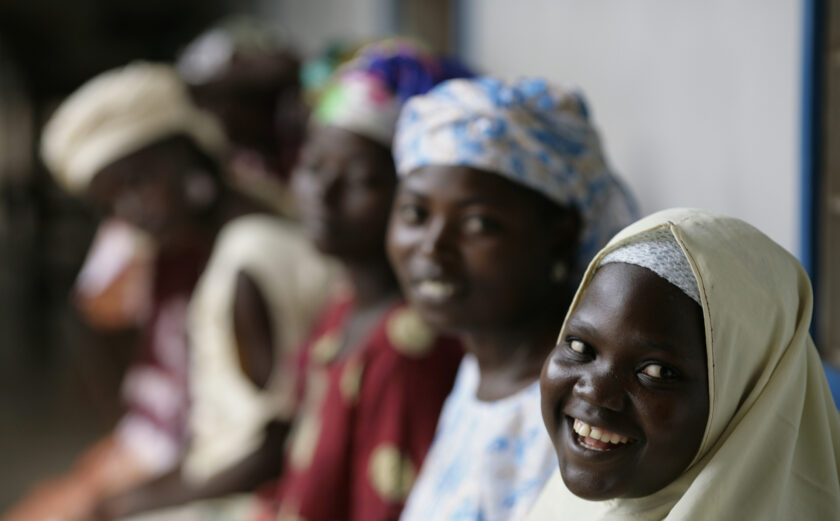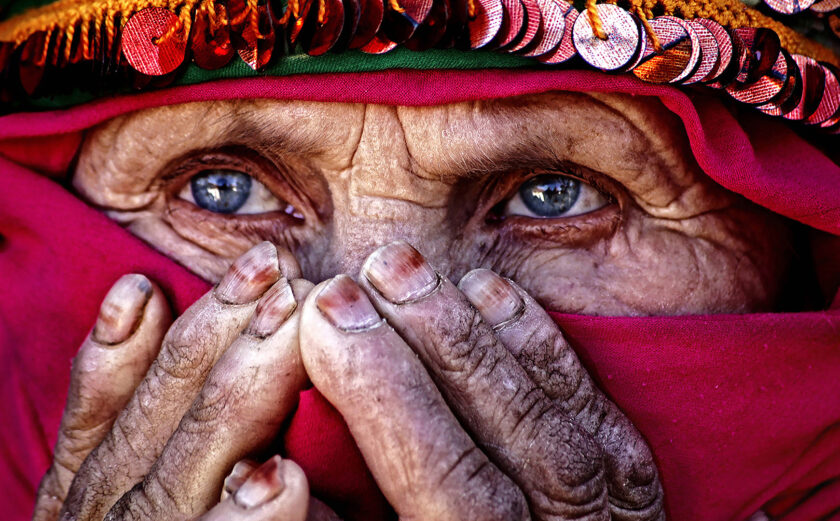
PSEAH: It’s Time to Include Sexual Harassment in Your Safeguarding Approach
International humanitarian and development organizations have faced increased pressure in recent years to address sexual exploitation and abuse (SEA) in their programs.
Organizations have responded accordingly by investing in SEA prevention and response measures to uphold their commitment to protect the people they serve. Although there is still capacity to improve, PSEA is now a priority within international humanitarian organizations, with the highest levels of leadership within the sector working to address the issue.
However, many organizations continue to handle sexual harassment separately from SEA. Many international non-governmental organizations (INGOs) follow the United Nation’s definitions, which broadly define sexual harassment as sexual misconduct between staff and SEA as sexual misconduct perpetrated by staff against a program participant and affected populations. Consequently, PSEA activities and SEA incidents are typically managed by an organization’s safeguarding staff, while sexual harassment trainings and allegations fall under the purview of Human Resources.
To understand the inherent problem with this approach, consider a case where an INGO staff member sexually harasses a program participant. If we follow the U.N. definition, sexual harassment occurs between staff. Thus, an incident where a staff member harasses a program participant would fall outside the scope of the U.N.’s policy and leave the program participant with little to no protection against the harassment.
The U.N. has a clear zero-tolerance policy for SEA, but it does not mention sexual harassment—a very real, persistent, and daily reality for program participants. When the U.N. and NGOs do not include sexual harassment in safeguarding policies, it leaves room for ambiguity regarding whether the sexual harassment of program participants is a breach of organizational policy. Jo Thomson and Belinda Lucas of Learning4Development (L4D) put the current reality and potential downstream effects into clear focus by asking: “Should we tolerate and ignore the sexual harassment of program participants by staff? When sexual harassment is tolerated or ignored, a culture that also tolerates SEA is enabled.”
Moreover, separating sexual harassment from SEA in our safeguarding approach ignores the fact that sexual violence is a continuum of behavior. Although there remains a dearth of research into this topic in the INGO sector, learning from other sectors illustrates the inextricable link between sexual harassment and SEA.
A recent study by the United States Department of Defense (U.S. DoD) into sexual violence in the U.S. Military found that “prior year sexual harassment experiences are by far the most important for predicting the odds of experiencing sexual assault in the prior year for both women and men.” Another study, this one from the Government Accountability Office (GAO), found that one-third of service members who were sexually assaulted were sexually harassed by their perpetrator before the assault. In other words, sexual harassment is often a precursor to more egregious forms of sexual violence. By integrating harassment into our safeguarding approach, we may be able to stop SEA at an earlier point on the sexual violence continuum.
A viable alternative to the U.N.’s definition is that put forth by CHS Alliance, which defines sexual harassment as:
A continuum of unacceptable and unwelcome behaviours and practices of a sexual nature that may include, but are not limited to, sexual suggestions or demands, requests for sexual favours and sexual, verbal or physical conduct or gestures, that are or might reasonably be perceived as offensive or humiliating. Sexual harassment has widely been understood to relate to the workplace, but is also included in the spectrum of behaviours that are not acceptable conduct by our staff, be it in the workplace or with affected populations.
It is our job as international humanitarian and development organizations to ensure that our programming does not inflict further harm on the people we serve. The CHS Alliance definition both recognizes sexual harassment on a continuum of sexual violence and explicitly identifies sexual harassment of program participants as unacceptable behavior. By adopting this definition, organizations can move toward a more holistic safeguarding approach, which works to prevent all forms of sexual misconduct against program participants.






